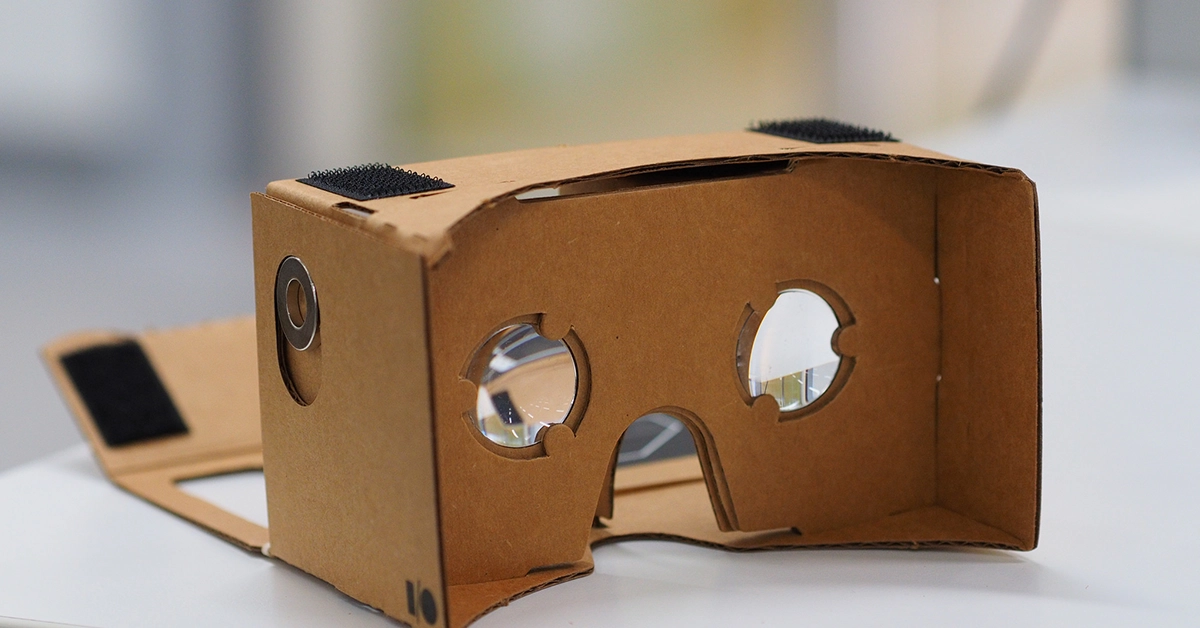MacEwan University Residence Services have recently unveiled a new virtual reality tour program, meant to showcase the different rooms of the residence areas and give prospective residents a chance to check out the spaces they’d potentially be living in.
But how necessary is this new addition, and what can it really bring to the table when it comes to convincing people to go live there? Griff writers Lydia Fleming and Jordan Gill weighed in on the program, and they shared their thoughts on whether it’s a cool new addition or a useless gimmick.
Jordan’s point: In defence of the new VR tour
While this new feature of touring residences may seem like a small feat to some, the new technology can have a big impact on more than just students interested in attending MacEwan in the future.
First off, let’s dive into the immediate benefits for individuals who are considering MacEwan for their post-secondary studies. Before the new VR technology, one option afforded to students was a trip to MacEwan’s campus to take a first-hand look at the dorm rooms.
While this method remains the ideal one for getting a feel of the living spaces around the residence building, it’s difficult for a student living outside of Edmonton to plan a trip just to look around. The only other option for these students is to rely on pictures on a website. Unfortunately, these images can only really show part of the story.
Allowing students living outside of the city an opportunity to actually be on-site from wherever they happen to be is a worthwhile investment. With multiple universities in Alberta having a better method of viewing a potential living space, this virtual tour could be the difference in a prospective student choosing MacEwan over another institution.
Furthermore, this technology could be the start of a revolution in the way the real estate industry conducts its sales. Anyone who has been involved with the process of selling a house will know that these transactions are rarely completed quickly.
Typically, the seller needs to host multiple showings and potentially hold open houses in order to find a match with what a buyer is seeking. In the current housing market, this reality means the seller must keep their house looking presentable at all times. Moreover, the process is incredibly time-consuming. However, this would all change if the real estate business were to adopt VR technology.
With VR, a seller would only be required to clean and organize their living space once. After the realtor gets the footage and sets up the VR tour, the seller can go back to living life as they normally would. No longer would the seller need to have unexpected visits from potential buyers, nor would the seller need to take time out of a busy day to clean daily. Having VR technology would help take away some of the stress associated with selling a home, which is something that would benefit everyone.
Lydia’s point: A case against the new VR tour
Sadly, I have trouble getting behind this idea, even after having had a chance to try it out and talk with the marketing team behind the program. The team ordered 3,000 viewers – the cardboard boxes in classic burgundy aesthetic – to send to small towns with university recruiters.
“One way for us to explain that (residence has many different rooms to chooses from) is: yes, we can show them a picture, but another way is we can have them step inside and immerse themselves into a virtual reality experience,” Kris Bruckmann, director of Retail and Hospitality Operations, said.
The app can be seen without the viewer, and there’s also a website available that has the same footage of residence, but without the double screen.
“When you look, (without the viewer) it doesn’t look really 3D. (But) as soon as you put (your phone) into the lens viewer, it does make you feel like there’s a dimension to it.” Bruckmann said.
Personally, I felt no difference between watching the interactive video and attaching a phone to the cardboard VR viewer and looking at the screen that way. And the website doesn’t make the viewer shell out the extra bucks to cover however much it costs to buy the cardboard viewers themselves.
The project was meant to attract prospective first-year students from outside the Edmonton area, and to give them a chance to look at the residence without having to come into Edmonton to look at the residence. However, if a student from out of town without some previously existing connection to the school comes to MacEwan, they’re most likely going to live in residence either way – even if they don’t get to look at the rooms in “3D.”
The prospective students who may need the most convincing to come live on residence are the ones living in the surrounding areas, and those students can probably just go to the residence and see it in person, with all the sights and sounds of real life.
“The nice part about it, is during open house, we did 209 tours of residence – these are physical tours – and we did 317 virtual tours, all from on campus,” Bruckmann said.
Why? Why are students doing virtual tours on campus, when they could walk 500 metres and see it in person? It would certainly paint a more honest picture, instead of the hyper-polished version of residence shown by the VR tour.
While MacEwan can still boast of being the first post-secondary school to offer this kind of technology, it just seems so unnecessary. The app shows each of the kinds of residence rooms, but it shows them perfectly clean, in the best light, with no other students in sight.
This may “feel” like you’re really there, but it doesn’t show the noise levels, or the smell of the building, or whether or not your neighbour happens to adore blasting Mongolian throat singing. It’s a virtual reality app, but it isn’t reality. The reality comes mid-September, and the app can’t possible project that.
Cover photo by othree / CC-BY.





0 Comments